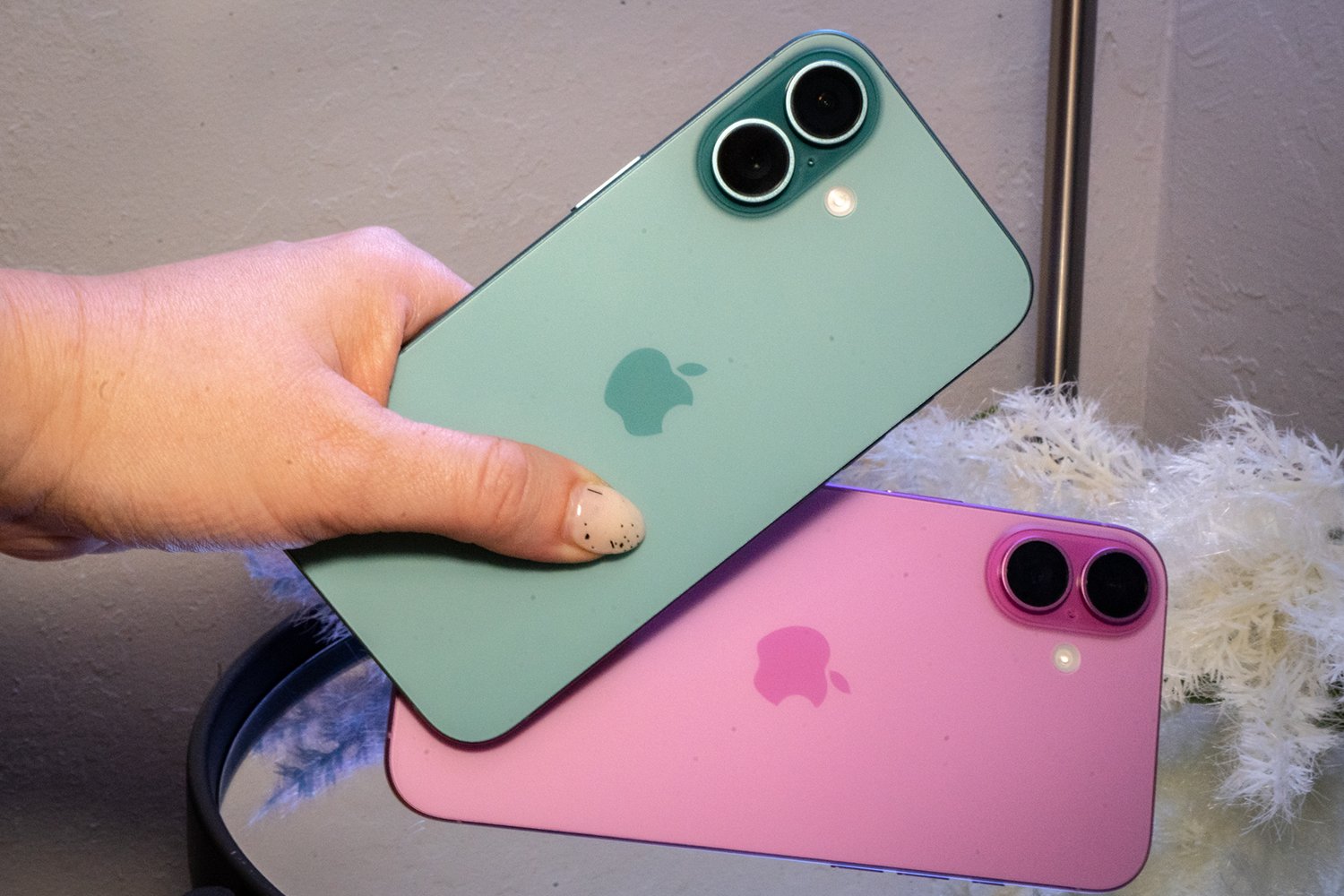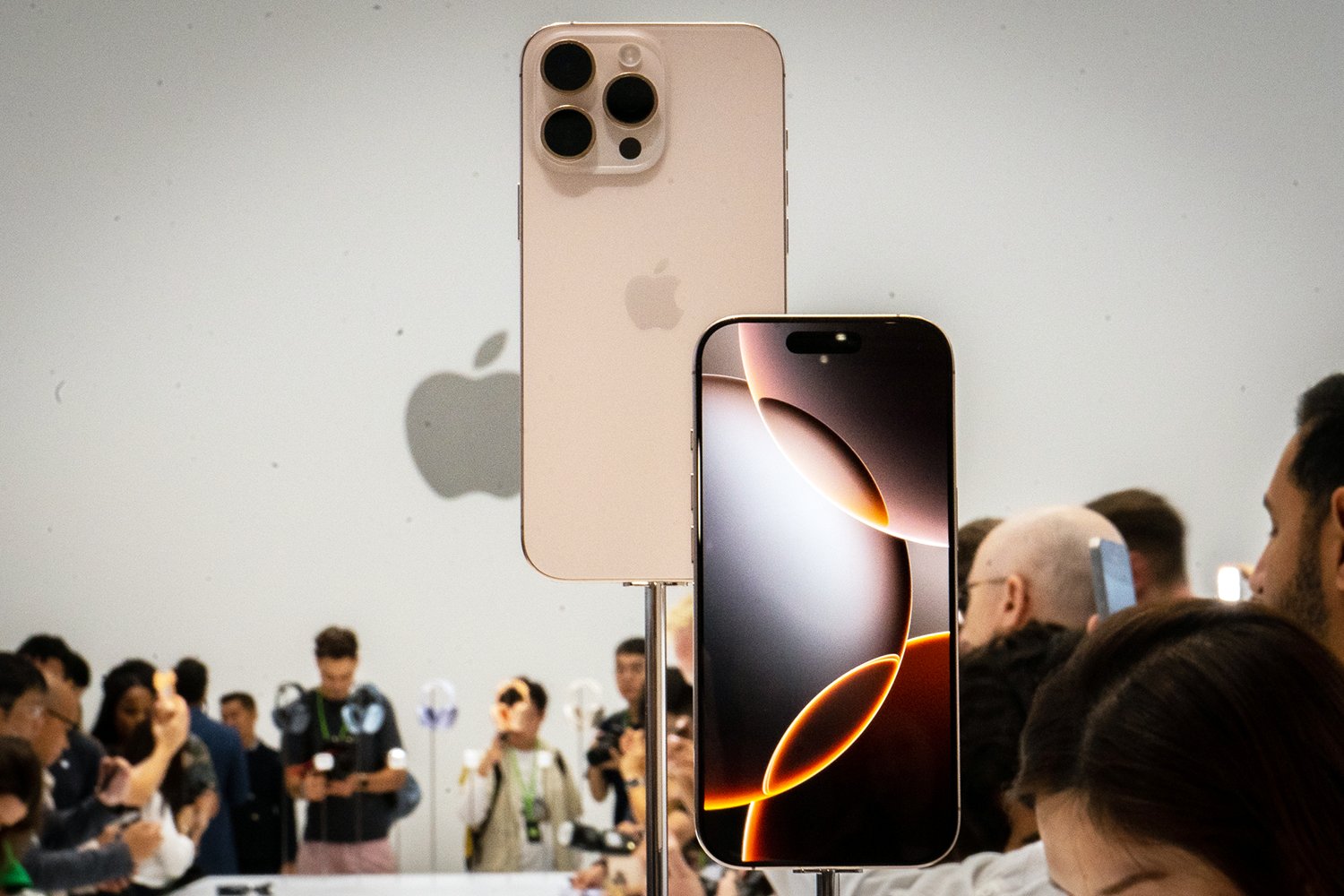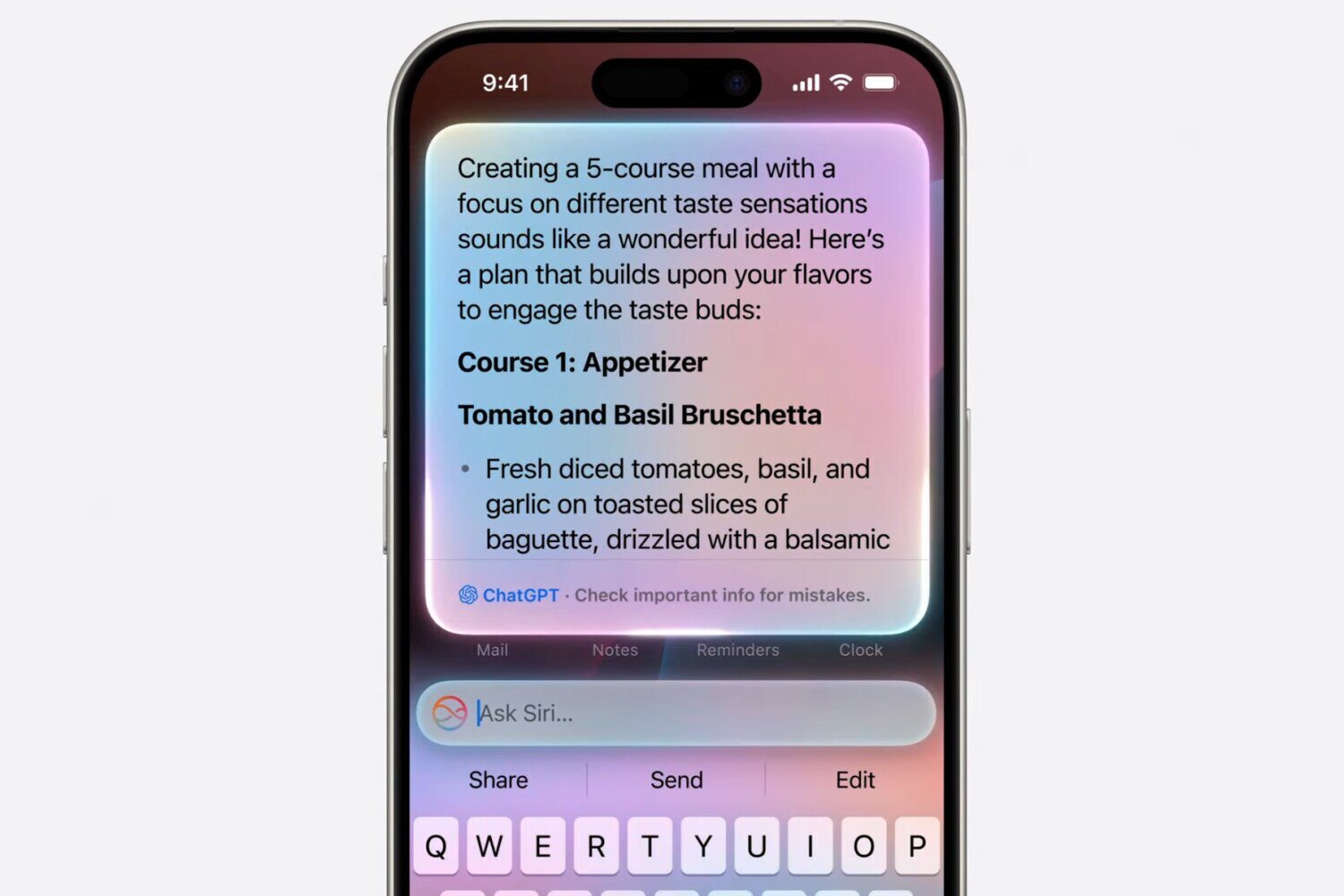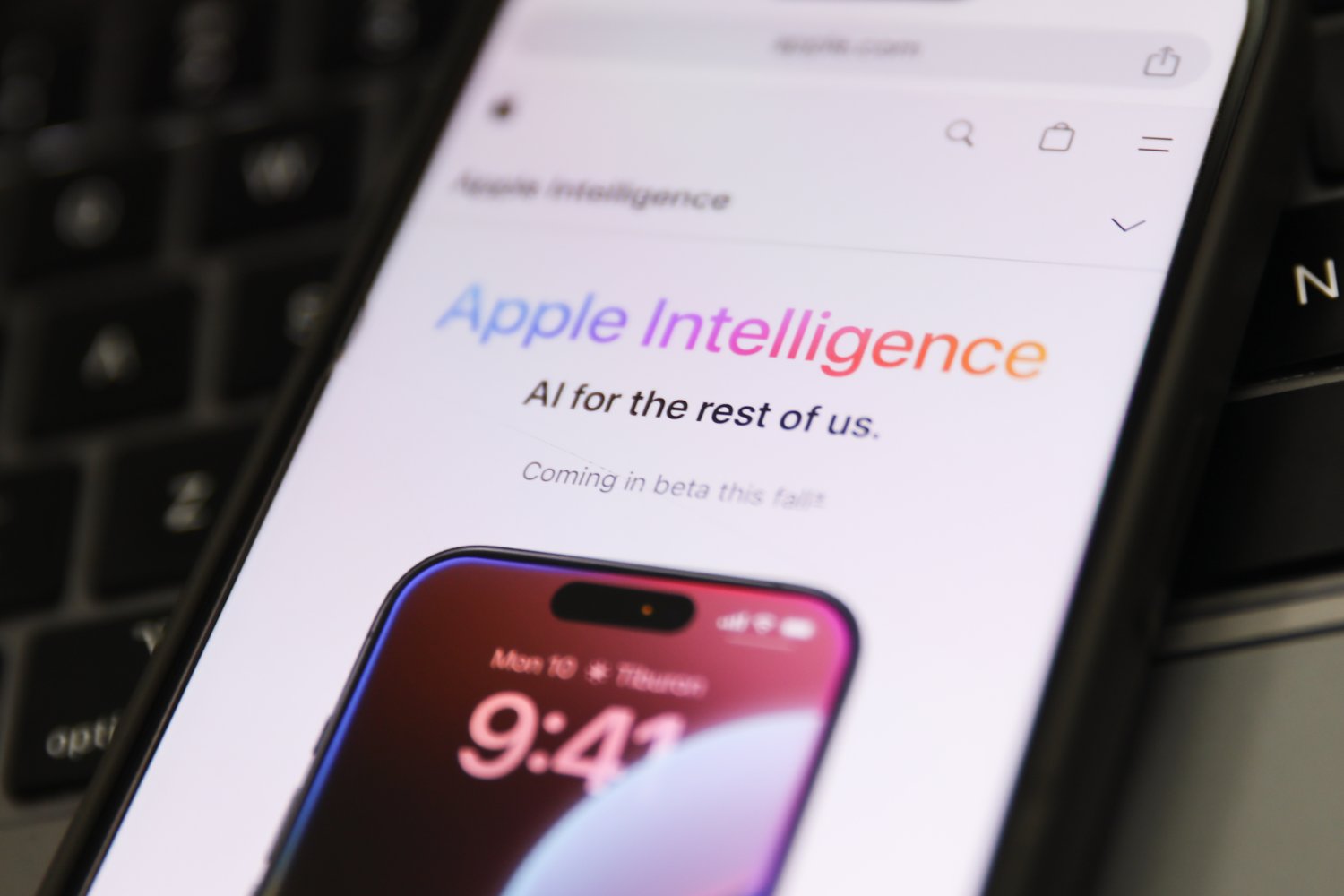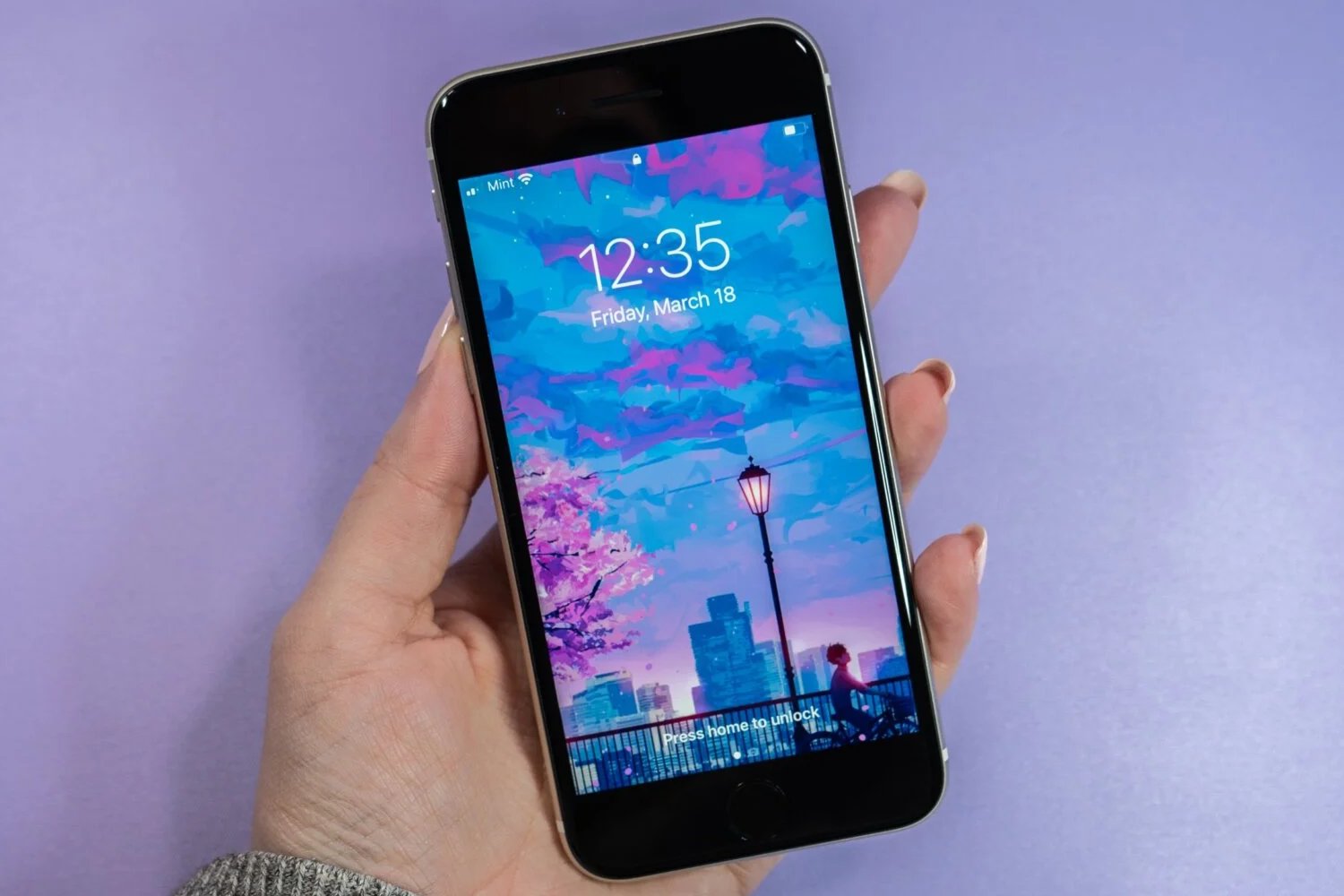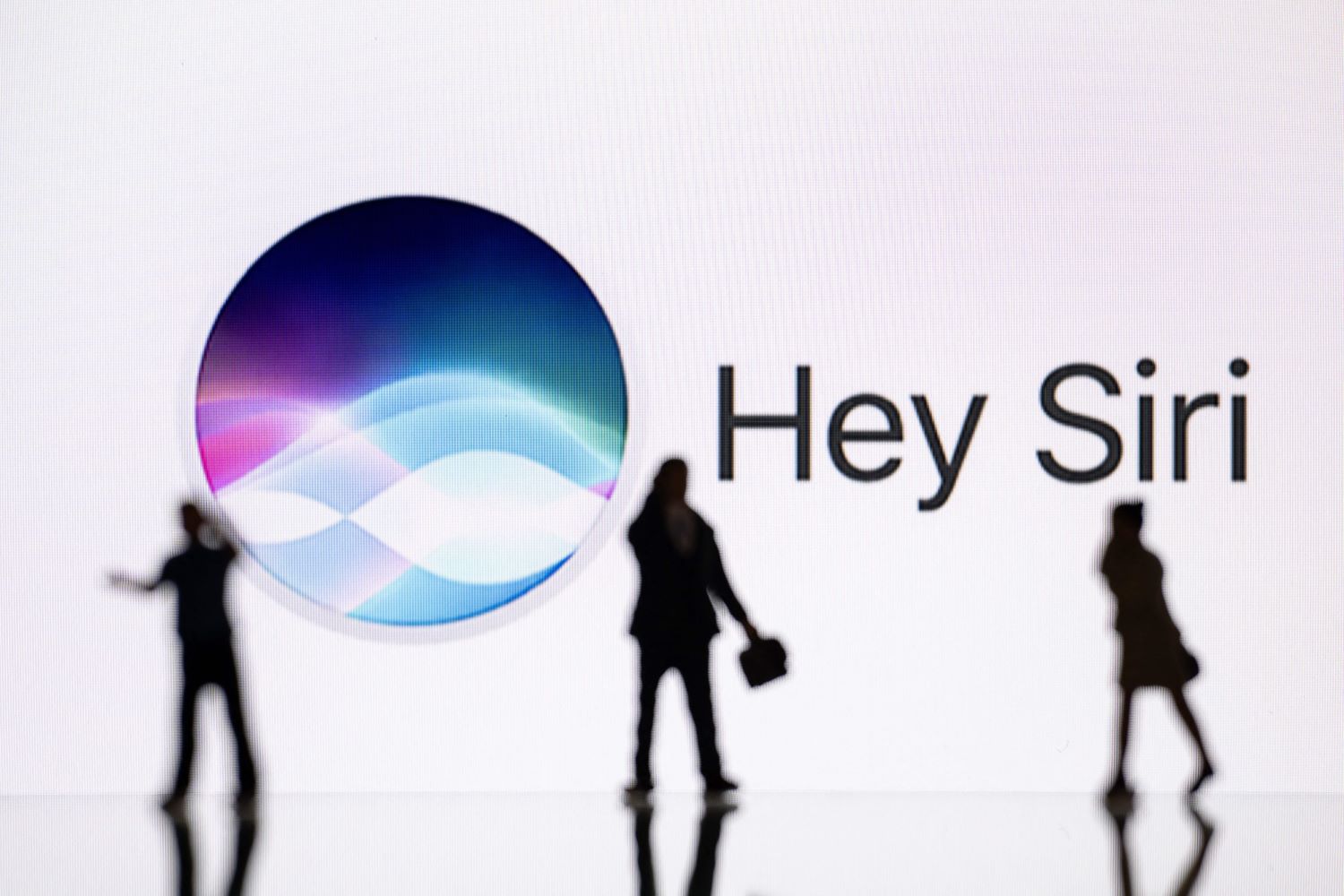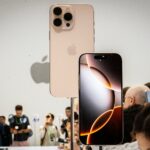Much of the focus of the new iPhones seems centered around the lackluster rollout of Apple Intelligence. That’s neglecting the best part of Apple’s iPhone 16. The phone doesn’t feel like a significant compromise over not going Pro. With its colors and improved camera system, last year’s iPhone 15 was impressive. But this year’s iPhone 16 adopts even more of the iPhone 16 Pro’s premium offerings, making it feel like a slightly better deal. Like the Pro, the iPhone 16’s primary camera is a fusion camera, there are Apple Intelligence features, and there is an Action Button along with the new Camera Control button that just debuted on the iPhone 16 Pro.
That’s not to say you should toss out your old iPhone and immediately update to this one. (You shouldn’t do that anyway, that’s wasteful.) After using it on the Pro, I’m still iffy about the Camera Control button, as there aren’t enough third-party apps that use it to justify its existence. But if this is the year for an iPhone update and it’s within your budget, the iPhone 16 offers a nice bit of futureproofing for everything Apple has coming down the pipeline.
Apple iPhone 16/16 Plus
Apple's base-model iPhone finally doesn't feel like a huge compromise over the Pro lineup.
Pros
- - Pro-level performance
- - Excellent battery life
- - Access to features like Photographic Styles
Cons
- - Don't zoom too far
- - Like on the Pro, Camera Control button is neat but currently unnecessary
Apple iPhone 16 Review: Now, with more buttons!
Shout out for this year’s iPhone 16/16 Plus colorways. The Ultramarine, Teal, and Pink variants are all delightful in person in whatever lighting you see them in. Apple sent us the iPhone 16 in Ultramarine and the iPhone 16 Plus in Pink. There’s also White and Black for traditionalists. What’s interesting is how similar Apple’s color offers are to the Google Pixel 9 lineup. It’s almost like the backside colors are all on trend or something.
Apple introduced two new buttons to the basic iPhone this year: an Action Button, carried over from the iPhone 15 Pro, and a Camera Control button, a brand new way to interact with camera apps for this generation of the iPhone. The Action Button is handy and has gained many fans in the past year. It’s small enough that it’s not an accidental hit when you’re thumbing for the volume buttons.
The Camera Control button is fine but finicky. I’m still getting used to interacting with it and sliding between controls to find the setting I want. It’s also easier to press down on it like a shutter button if you’re holding the phone with the other hand for stability. Either that or I have weak wrists. At the very least, the Camera Control button is discreet enough to skip over it if you don’t care about it. It may have a renaissance after more third-party apps make use of it.
Apple iPhone 16 Review: Built for Apple Intelligence
In my iPhone 16 Pro review, I talked about how much I appreciated Apple’s slow approach to marketing its version of artificial intelligence. I’ve felt lambasted by it on the Android side, forced into using Gemini before I was ready to accept that this is where it was headed. Apple is practicing the same strategy for the iPhone 16, lauding its abilities for Apple Intelligence while not pushing forth with every capability it promised. And yeah, it’s because some of it isn’t ready. But it seems like Apple caught on, and we’ve been grimacing at how AI currently exists on phones. Apple is wiser to wait to release features that feel fully baked, especially controversial ones.
If you upgrade to the iPhone 16, you will be among the first to try Apple Intelligence features, including writing tools, summarized Mail and notifications, and a more contextual Siri you can talk to like a buddy. These abilities attempt to make Apple Intelligence seem as if it’s unobtrusively improving the value of the typical things you already do with the iPhone.
The upside of this being a phone built for Apple’s version of AI is that it has the requisite hardware to manage it all. The A18 chip is custom-designed for the non-Pro iPhone to help facilitate a future with Apple Intelligence at the helm. It’s a six-core CPU with a 16-core Neural Engine, just like on the A18 Pro chip on the iPhone 16 Pro. It’s ripe for ray tracing, and Apple says it offers five times the frame rates than the iPhone 15.
The Geekbench 6 numbers for Apple’s new SoC are surprisingly on par with the iPhone 16 Pro’s score. I say surprisingly because, over the past two years, Apple has essentially recycled the A-Bionic used in the Pro from the year prior in the current generation’s base model. It didn’t do that this time, and that’s likely to prioritize rolling out Apple Intellifence. The payoff is an iPhone 16 that performs better than last year’s iPhone 15 Pro, at least according to synthetic benchmarks.
Battery life should be better on the iPhone 16/16 Plus than this year’s iPhone 16 Pro models. Apple kept the displays on the base model iPhone 16s at a 60Hz refresh rate. Some users might find it absurd to pair such power with a refresh rate that doesn’t necessarily correspond. But I bet that for most people buying the first-tier iPhone, the battery payoff will feel worth the exchange in frame rate. Indeed, the iPhone 16 has been hanging strong at 48% battery for about four hours with the screen turned off. I took it off the charger yesterday morning and have been performing various tasks, including benchmarking and mindlessly scrolling through Instagram. We’ll see what the full battery rundown is like next week after we’ve performed the Gizmodo battery rundown test on all four of the iPhone 16/16 Pro review units.
iPhone 16 Review: A better camera—seriously
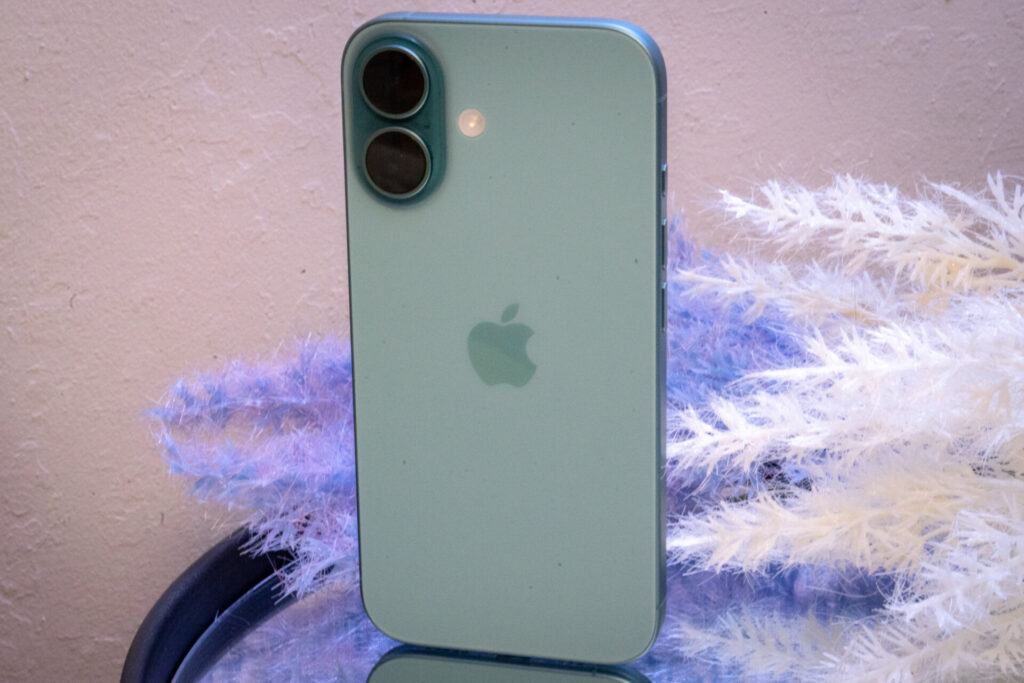
The iPhone 15’s camera was fine, but it was rather basic compared to what its Android competition was attempting with its similarly-priced devices. This year, the iPhone 16 and iPhone 16 Plus feature a 48-MP Fusion camera and a 12-MP Ultra Wide. They are stacked rather than diagonally set across from one another, so you can shoot spatial videos and photos to enjoy through a compatible headset. You don’t need the Vision Pro to view the spatial videos, but it’s recommended for the whole Apple experience.
I did record some spatial photos and videos with the iPhone 16, but I cannot view them from my side of the country. (I have a Meta Quest 2 collecting dust under the TV cabinet. What can I say? It makes me dizzy.) I’ll collaborate with my colleague, who has Gizmodo’s Vision Pro review unit, on a special report coming soon.
The iPhone 16/16 Plus is limited to 2x optical zoom, though it offers up to 10x digital zoom. It is limited in optical zoom compared to the Pro lineup since it doesn’t have the glass required to look that far. It impressed me in other scenarios. For the past two years, I’ve felt a definite difference between the photos taken with the basic iPhone versus the Pro model. The iPhone 16’s primary fusion camera can take in more light and detail, so whatever photo it produces looks like it was shot with the Pro. It’s a Google-y strategy, where the only difference between the Pro and base models is a lack of far-reaching optical zoom. The iPhone 16 also doesn’t have some of the Hollywood-production-quality capabilities lauded by the iPhone 16 Pro. But at least your pictures look like they were taken with the pricier iPhone.
I want to caution you about snapping photos with the iPhone 16’s depth mode flipped on. Like on a real camera, it will slow the shutter for the shot, which you don’t want if there’s a moving subject ahead. I took the iPhone 16 to see live music and noticed it performed best at snapping a photo if I stood still. The front-facing camera also did well in this low-light environment when snapping selfies, though it performs best with ambient white light.
If you choose the iPhone 16 because of its updated camera capabilities, the good news is that you have access to the same Photographic Styles available on the Pro. They are a delight to use, though you’ll probably find yourself editing photos after the fact rather than snapping pictures with the filter on. Photographic Styles take a moment to adjust to the hue you’re looking for, and it’s easier to deal with after you’ve snapped the photo.
Should you buy the iPhone 16?
The good news is that the iPhone 16 sets a positive precedent for base model iPhone users going forward. You’re no longer getting the scrappings of last year’s Pro model in a refreshed, friendly-colored smartphone body. Instead, you’re buying a pared-down version of the iPhone Pro model and a little futureproofing for what’s coming next, which will be the case as Apple slowly unveils its AI story.
However, there’s no need to have FOMO for the iPhone 16, especially if you’re still on an iPhone from the past few generations. You have the upside of waiting on the sidelines while Apple rolls out Apple Intelligence to whoever wants to latch on first. The nice thing about being in this walled-off ecosystem is that Apple will support your hardware for a while, even as it ventures toward something new. AI is not a reason to buy a phone, especially not yet. The iPhone 16 starts at $800, and the iPhone 16 Plus starts at $900.
